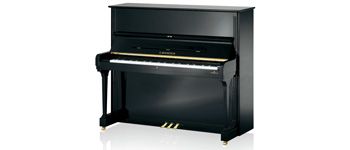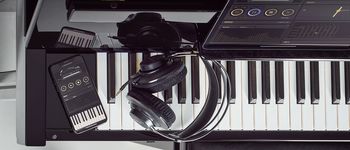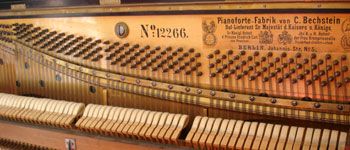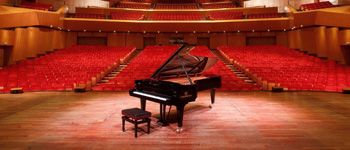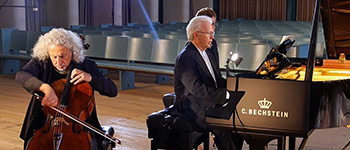The piano is the instrument of kings. More music has been composed for the upright than for any other instrument, so that the available repertoire is incredibly rich for all styles and epochs.
When you play a composition or improvise, you feel free to conquer a new musical universe or just let your mind wander. Even after a long practice session, you feel revived and ready to tackle things that you had been putting off before.
You can start playing the piano at any age — just to awaken your creativity and your personal artistic values in a world driven by materialism. Moreover, playing the piano relaxes and regenerates you after a hard day at school or in the office.
The first contact, the first acoustic impressions you get from an instrument generate long-lasting habits. Even beginners — and especially children — visiting a piano showroom and taking the advice of an expert salesman are able to make out clear differences between the sound and even the touch of the instruments on display. Such differences arise exclusively from variations in the quality of the materials used and the expertise of those who made the piano. And these quality variations, in turn, are reflected in the pricing. This explains why a new upright mass-produced in Asia cannot be compared with a quality piano of German or European manufacture.
One thing is certain: learning and practicing on a quality piano generates the pleasure that is necessary to avoid the loss of motivation and early enthusiasm that can affect even the most talented new player.
No matter whether you are a beginner, an advanced player or someone who is rediscovering music: your piano must stand out for its acoustic quality, volume of sound, colorful voice, pleasant touch and fine workmanship, leaving nothing to be desired.
Our advice for choosing your piano: play it or have it played by somebody, take your time comparing various models, and bear in mind value-for-money aspects when considering voice, touch and workmanship.

